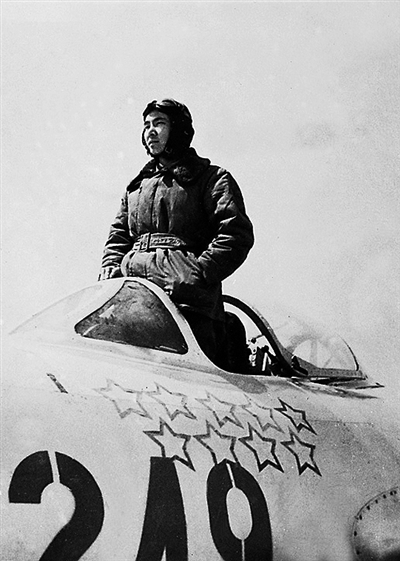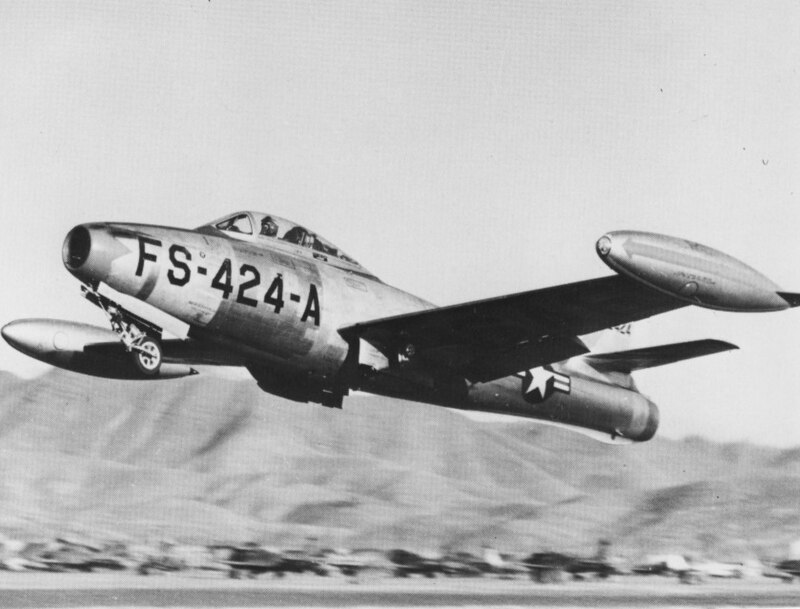China claimed to have recently intercepted and escorted two foreign aircraft using two J-20 fighters, leveraging the aircraft’s stealth capability.
“The Chinese People’s Liberation Army (PLA) Air Force recently expelled foreign aircraft threatening China’s territorial airspace with J-20 fighter jets, giving full play to the aircraft’s stealth capability,” Global Times reported.
However, it has not been specified which country the two ‘expelled foreign aircraft’ belong to.
The interceptions were carried out by the J-20s of the Wang Hai Air Group under a brigade of the PLA Eastern Theater Command, the first combat unit of the PLA Air Force (PLAAF) fully equipped with J-20 Mighty Dragons.
According to state-owned China Central Television (CCTV), the leader of the air group Yang Juncheng and pilot Wei Xin took off with two J-20 fighters in an emergency sorties mission to intercept two foreign aircraft.
“The J-20’s stealth capability is its biggest advantage. It means that the enemy radar can see nothing, but we can launch attacks. You can imagine how much psychological pressure the enemies would have. They can only take sudden evasive maneuvers to avoid our threats. If we push forward, they will fall back,” Wei told CCTV.
The Wang Hai Air Group has recently carried out some critical missions, such as the routine management of control of the East China Sea Air Defense Identification Zone, combat alert patrols in the South China Sea, and patrols around the island of Taiwan, flying across the Bashi Channel, the Miyako Strait, and the Tsushima Strait in the process according to CCTV.
“When I look down on the motherland’s precious island [of Taiwan] from the cockpit of my warplane, I could see the island’s entire coastline and mountain range,” Yang told CCTV. “I told myself at the time, I will come again, as [the island of Taiwan] is our country’s territory, and [the Taiwan Straits] have no line [dividing us].”
According to Chinese claims, the Taiwanese military has not been able to intercept the J-20 fighter flying near its airspace, citing various announcements by the Taiwanese National Ministry of Defense (MND), which regularly publishes data about Chinese aerial and maritime incursions on its official Twitter handle.
Taiwan’s MND has not officially acknowledged a J-20 fighter near its airspace, which is suggestive of a possibility that the island’s forces were not able to intercept the J-20. However, it is also possible that the Taiwanese authorities may have chosen to withhold that information.

Wang Hai Air Group
The Wang Hai Air Group is named after the legendary former commander of the PLAAF, General Wang, known for his outstanding combat performance during the Korean war of 1950-53.
Wang was one of the first pilot cadets of the PLAAF’s aviation school, and the squadron under his command fought against the US Air Force (USAF) fighter jets during the war. At the time, most Chinese pilots had only flown for 20-30 hours and had little combat experience, as per Wang’s recollections in his later years.

On November 18, 1951, Wang Hai’s squadron of MiG-15s was directed to take off and intercept a formation of USAF bombers. While Wang’s fleet was reportedly able to break this formation and shoot each bomber one by one, Wang suddenly detected more than 60 American F-84 fighter jets at a low altitude on the front left.
Wang is said to have waited some time for an opportunity, after which he ordered six fighters in his squadron to follow him and descend from the elevation of 6,000 meters to 1,500 meters.
Within ten minutes of contacting the American fighters, Wang reportedly shot down two American planes. His squadron shot down five in total without any casualties on their side, according to Chinese accounts.
It is important to note here that the Soviet-made Mikoyan-Gurevich MiG-15 was much superior to American F-84 War Thunder in terms of speed and maneuverability.
Therefore, the MiG counter-air mission was soon given to the F-86 Sabre, as reported previously by EurAsian Times. The F-84 was limited to the ground attack role at which it excelled.

Overall, Wang Hai shot down and damaged nine US aircraft throughout the Korean war and was awarded the title of ‘First-Class Combat Hero.’ His squadron was also granted a collective First-class Merit Citation for shooting down 29 US planes and was honored as “Wang Hai Flight Group.”
The MiG-15 fighter jet piloted by Wang Hai, with nine red stars painted on it, is displayed at the Military Museum of the Chinese People’s Revolution.

Apart from the Wang Hai Air Group, another brigade under the PLA Western Theater Command expelled foreign warplanes during a nighttime combat alert patrol mission using the J-16 fighter jets.
The J-16, reportedly flown by a pilot by the name of Li Chao, was approached by two foreign fighter jets, and Li allegedly shut down all its active electronic devices and flew low before closing in on one of the foreign aircraft from behind, gaining the upper hand, according to a CCTV report on January 15.
“Equipped with advanced warplanes of different types and well trained, PLA units deployed across the country are ready at all times to take measures against unidentified aircraft flying into their watch, including expelling such planes when necessary,” Fu Qianshao, a Chinese military aviation expert, told the Global Times.
- Contact the author at tanmaykadam700@gmail.com
- Follow EurAsian Times on Google News




